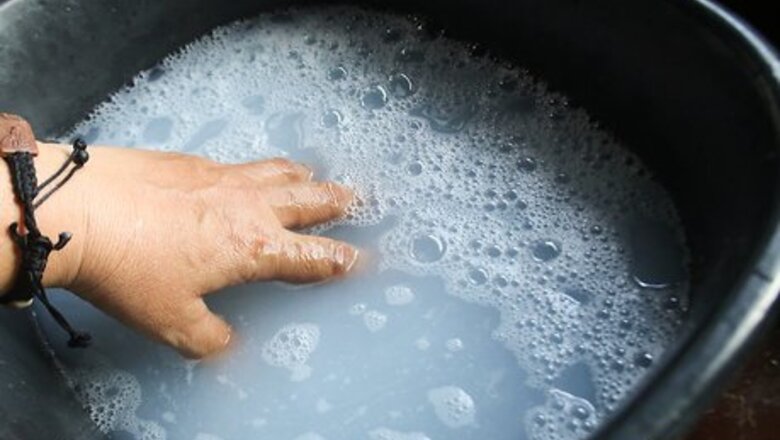
views
Cleaning Irons
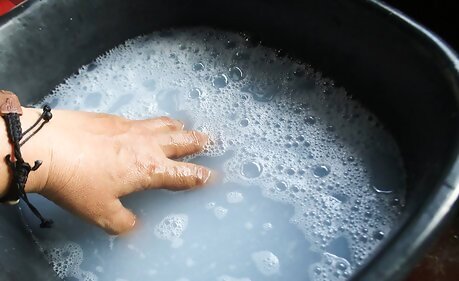
Mix warm water and mild dish soap in a bucket. Fill the bucket with just enough water to cover the head on your golf clubs. Add a few pumps of dish soap, then stir it in. Make sure that the water is warm, not hot; otherwise, you risk ruining the ferrule. Irons are a type of clubhead. If you have a “metal wood head” or a “wood head,” use a different method.
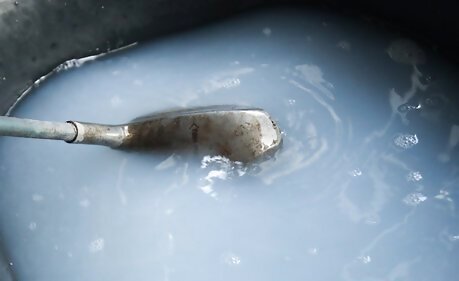
Submerge the club-heads in the water for several minutes. If the clubs only have a moderate amount of dirt or mud on them, 5 minutes in sudsy water should be enough. For particularly dirty clubs or vexing stains, 10 or more minutes might be necessary. The ferrules (which are small ring-like pieces that secure the shaft to the club-head) should be just above the water. If they are touching the water, pour some of the water out.
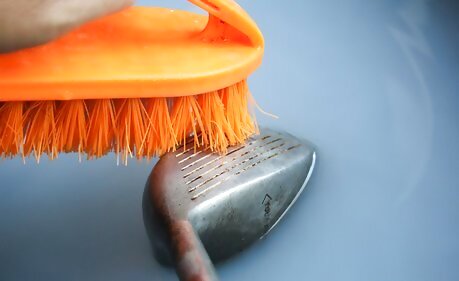
Scrub the grooves with a soft-bristle brush. Any brush with soft, plastic bristles will work fine. Toothbrushes and vegetable brushes are popular choices. Start cleaning the face first, then the back, then the top and bottom. Never use a wire-bristle brush, even if the surface is filthy, as this can damage the face of the club and affect its performance. If there is any rust on the clubhead, you can remove it with fine-grade steel wool. Look for #000 or #0000.
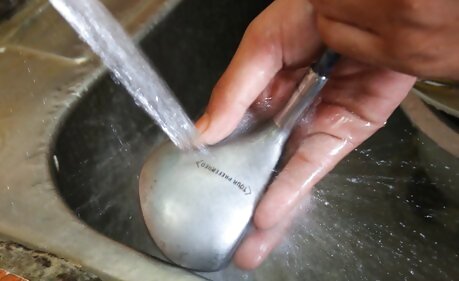
Rinse the head with clean water. If there is still dirt on them, you may need to scrub them once more. Remember to try to avoid getting the ferrules wet, although a little moisture won't be the end of the world.
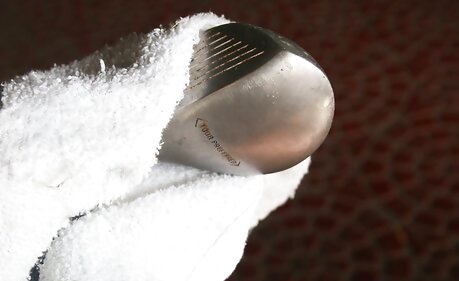
Dry the head with a soft, dry towel. Make sure the entire club is clean and dry upon inspection. If there is any moisture left, you could end up with rust. For a nice touch, polish the clubhead with a steel or chrome polish. Follow the instructions that came with the polish.
Cleaning Woods and Metal-Woods
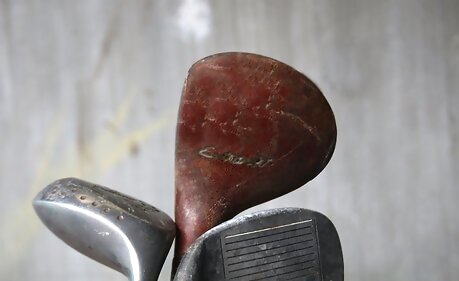
Determine whether you have a metal wood or a wood head. It’s rare for modern clubs to be made of wood, but older clubs might be. Metal wood heads have a metal plate on them, and should be cleaned differently than true wood clubs.
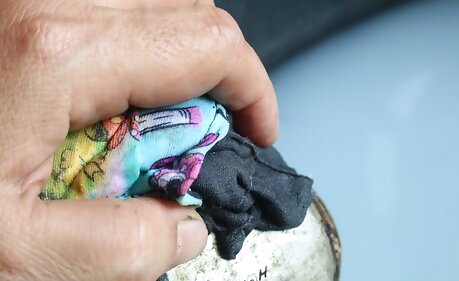
Wash metal wood heads with warm, soapy water and a damp cloth. Fill a container with warm water, then stir in a few pumps of dish soap. Dip the head into the water, then immediately lift it out. Wipe the head clean with a damp cloth, then pat it dry with a lean cloth. Do not soak metal wood heads. They are hollow, whereas iron heads are solid.
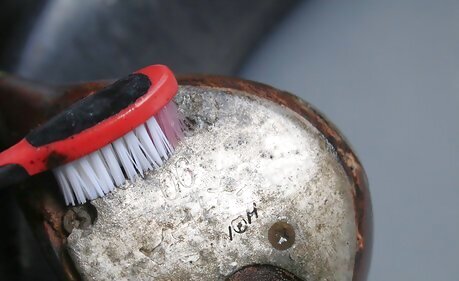
Use a toothbrush to remove dirt in the grooves from a metal wood head. Sometimes, soapy water and a cloth aren't enough to get rid of the dirt. In this case, use a toothbrush or another soft-bristled brush to scrub the dirt away from the grooves; do not use the brush on any other part of the head. Do not use a toothbrush on a wooden (non-metal) head.
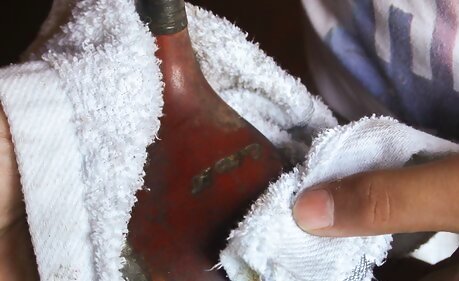
Wipe wooden heads with a damp cloth. Never soak wooden (non-metal) heads in water or other liquids. Instead, wipe them clean with a soft, damp cloth. Dry them off immediately afterwards with a clean, dry cloth. You can polish wooden heads with wood wax. Apply the polish according to the instructions on the label.
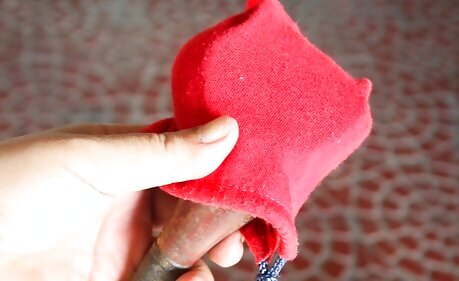
Use head covers when you are not using the clubs. Wood heads get damaged easily, so they need extra protection. The head cover will not only protect the head against chips and dents, but it will also help keep the paintwork intact. Irons don't need head covers, but you can use them if you really want to. Always wipe the head clean before applying the cover. If you don't you risk trapping moisture and ruining the head.
Maintaining the Club Shaft
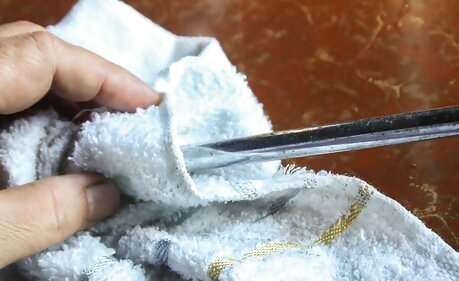
Clean steel shafts with a cloth. Steel shafts are the easiest to clean and care for, but graphite shafts require a little bit more care and effort. This is because they have a polyurethane coating, which is delicate.
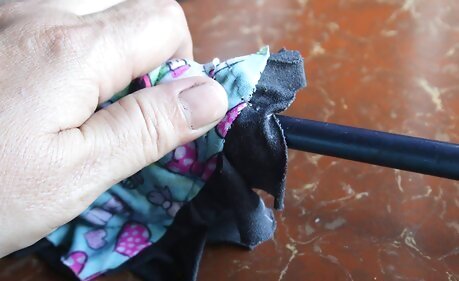
Wipe graphite shafts with water and a soft cloth. Do not use any solvents or brushes, as this can ruin the polyurethane coating and eventually lead to snapping. Simply dampen a cloth with water, then use it to wipe the shaft down. Wipe the shaft again with a dry cloth afterwards.
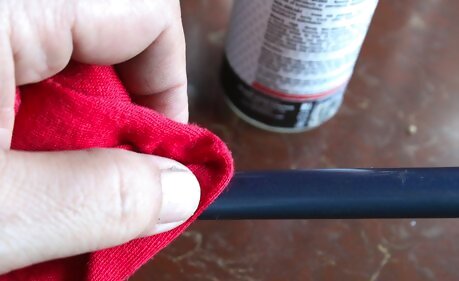
Polish graphite shafts with wax. You can use high-quality furniture wax or wax specially formulated for graphite shafts. Since each produce is different, you should read the instructions on the label carefully.
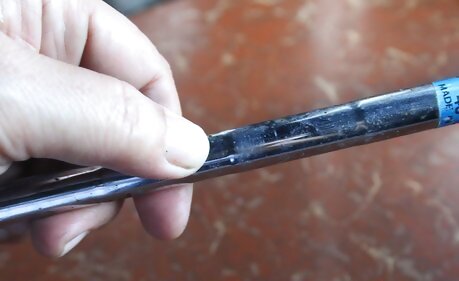
Replace the shaft if you notice any dents or nicks in it. This is especially important with graphite shafts, as the outer coating helps hold the shaft together. If the shaft gets damaged, you should replace it immediately. If you don't replace a damaged shaft, it could snap during use, which could lead to injury. Protect shafts from damage by using long neck head covers. This will help prevent them from getting damaged in the golf bag during storage or transportation.
Maintaining the Grips
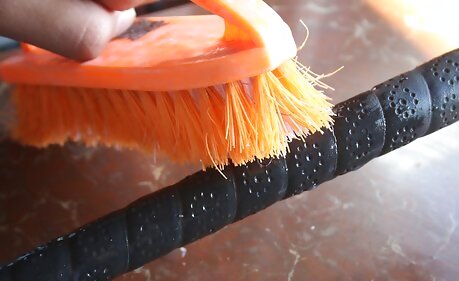
Clean the grips with water, hand soap, and a bristle brush. Rinse the grips with water first, then apply a little hand soap. Gently scrub the grips with a bristle brush, then rinse them clean again. Be sure to dry the grips immediately afterwards with a towel. Never leave steel-shafted clubs in water, even if you need to soak the grip. This can cause rust to accumulate in the nooks and crannies.
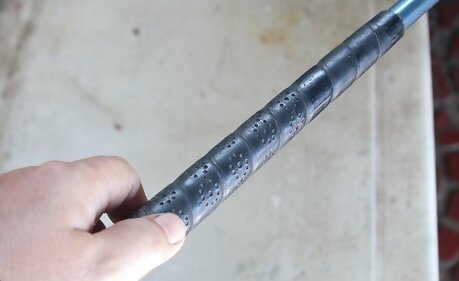
Repeat the process at least once per month. Keep in mind that you may have to clean the grips more often than that depending on how hot it is, how much you sweat, and how often you use the clubs. If the grips start to look shiny or feel greasy and leave behind black marks on your hands, it is time to clean them. Establish a cleaning routine for your grips. For example, you could clean them on the first day of each month. This will make it easier to remember.
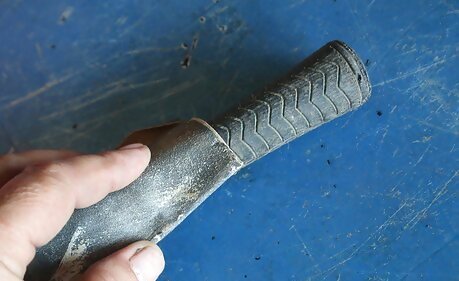
Sand the grips when they start to wear out. Lightly buff the grips lengthwise, from top to bottom, with coarse or medium-grit sandpaper. Rinse the residue off with water, then pat them dry with a towel. This should help restore their texture and may remove some surface dirt as well.
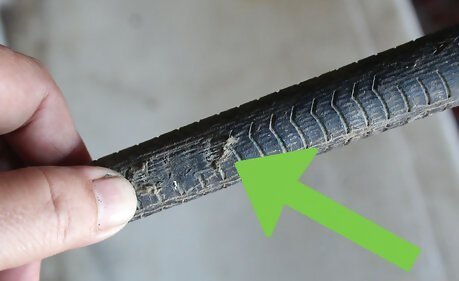
Replace the grips if there is too many cracked, shiny, or worn areas. Sanding the grips should take care of shiny or cracked spots, but sometimes they get too old and worn. If sanding doesn't fix these problem areas, you should get new grips.











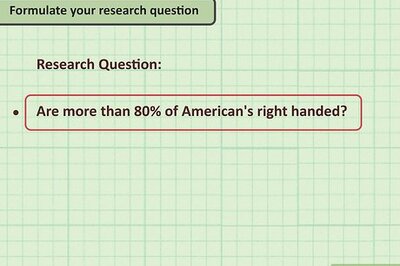
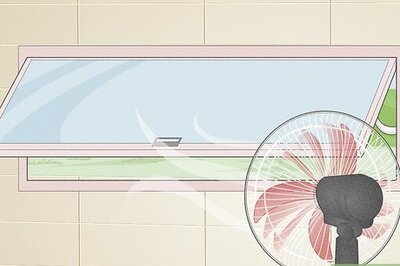


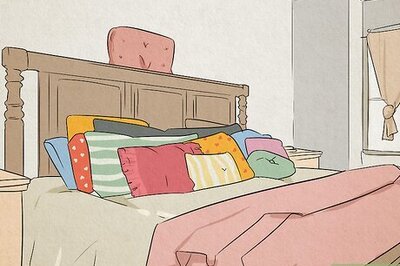


Comments
0 comment